About D302

Schools

Parents

Students

Staff

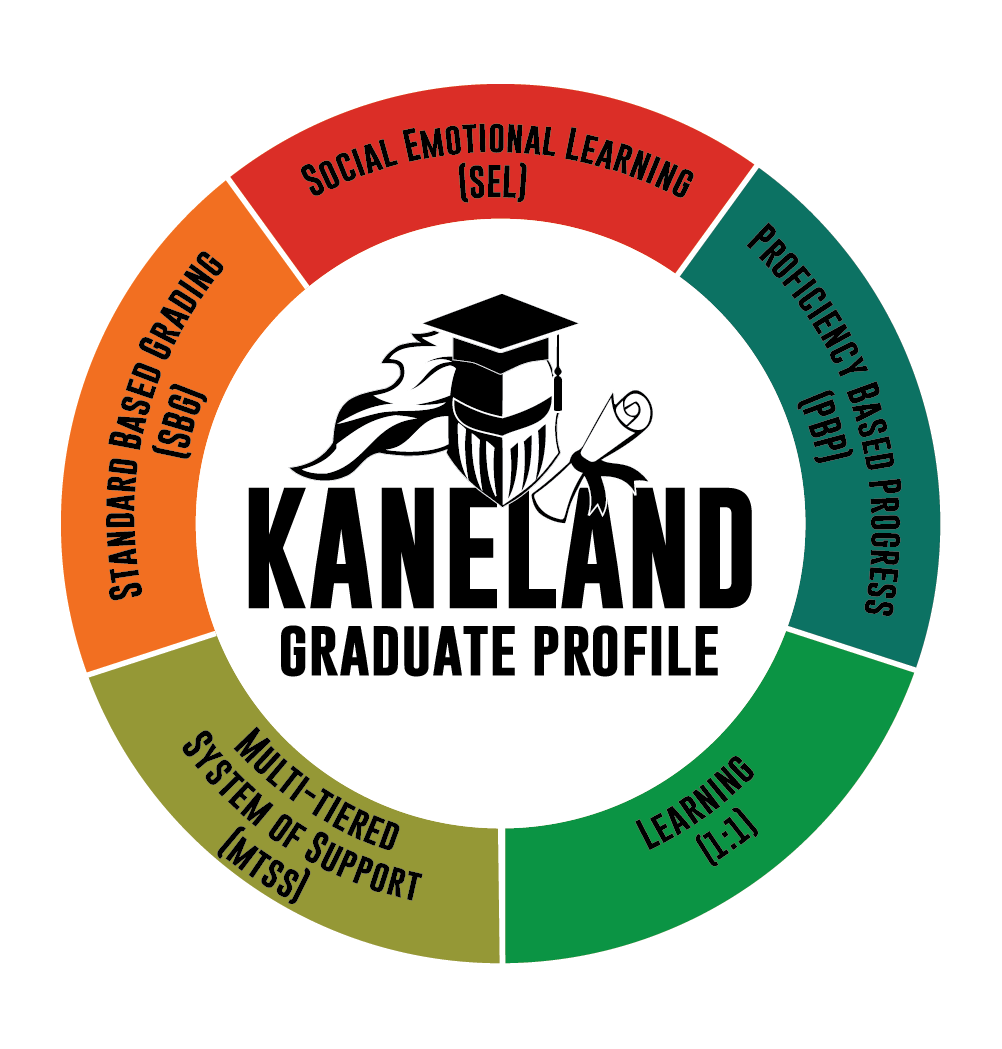
Welcome to Kaneland Connects, our strategic plan for Kaneland CUSD #302. Within Kaneland Connects, you will find the passion and clear direction of our district as it is captured in our vision, mission and commitments.
 This plan was developed with extensive input from the Strategic Plan Committee that includes members of the Board of Education, Kaneland students, parents, community members, staff members, CAC and FAC representatives and Kaneland Administration. Kaneland Connects will make a positive and creative difference in the lives of Kaneland students.
This plan was developed with extensive input from the Strategic Plan Committee that includes members of the Board of Education, Kaneland students, parents, community members, staff members, CAC and FAC representatives and Kaneland Administration. Kaneland Connects will make a positive and creative difference in the lives of Kaneland students.
Social Emotional Learning
Overall Proficiency
We can create a culture of self-reflection and advocacy for learning and social emotional needs, while providing opportunity for staff and students to access self-care support.
Students can self-reflect on their personal and learning needs and identify support structures that are in place to assist their self-care
- Students can identify individual learning styles that best meet their needs
- Students can implement vocabulary of self-reflection
- Students can engage in multiple opportunities to practice reflection
- Students can learn what advocacy is and how to appropriately advocate for themselves
- Students should be proficient in all previous indicators and the following:
- Students can demonstrate how to advocate for themselves both personally and in learning
- Students can identify supports outside of school such as Parent(s), Sibling, and Extended Family
- Students can identify community members who can support them such as Coaches, Babysitters, and Youth Group/Club Leaders
- Students can identify community resources who support them such as Law Enforcement, Government Agencies , Non-Profit Programs and Web Based Supports
- Students should be proficient in all previous indicators and the following:
- Students can identify supports inside of school such as Teachers,Support Staff, Friends, Social Worker, Nurse and Administration
- Students should be proficient in all previous indicators and the following:
- Students can explore learning opportunities in order to further define their passion.
- Students can identify supports outside of school such as Parent(s), Sibling, Extended Family, Outside Counselors, and Friends
Standards Based Grading
Overall Proficiency
Students can identify proficiency expectations for each reported standard per content area
Students can create a customized learning plan based on their progress towards proficiency by determining assessed assignments and other practice/exploration work
Students can articulate to their parents and teachers their learning needs, share evidence and reflect on learning, and develop next steps in learning
- Student can identify the reporated I can statement(s) for the lesson
- Students can describe how they did on lesson and learning
- Students can ask questions when they are unclear or confused
- Students should be proficient in all previous indicators and the following:
- Students know what they are learning and know when they have successfully met the expectation for the standard in each content area (math, language, etc)
- Students can provide measurable/observable examples of how they have met reported standards
- Students can take previous completed work or practice and work with the educational team to determine a personalized path to get to the next level
- Common understanding of proficiency levels
- Students can articulate the vocabulary of the assessment of the learning system
- Students should be proficient in all previous indicators and the following:
- Students can identify supports inside of school such as Teachers,Support Staff, Friends, Social Worker, Nurse and Administration
- Students should be proficient in all previous indicators and the following:
- Students can explore learning opportunities in order to further define their passion.
- Students can identify supports outside of school such as Parent(s), Sibling, Extended Family, Outside Counselors, and Friends
Multi Tiered System of Support
Overall Proficiency
Students can learn through a flexible, customized system of support focused on enhancement or remediation interventions
Students can reflect on their learning and assist in the monitoring of their customized learning plan
Students can communicate their progress in learning and intervention support with their family support system
- Students can identify the strengths of their work and learning
- Students can identify areas for improvement in their work and learning
- Students can identify support for their learning to improve their work
- Students can share their work and learning progress with their family support system
- Students can share areas of needed improvement in their learning with their family
- Students can reflect on learning environments and intervention needs through the Learner Profile or tool of their choosing.
- Students should be proficient in all previous indicators and the following:
- Students can identify strengths in their work through reflection on expectations
- Students can incorporate data, example work, or discussion with an adult to identify supports for enrichment or improvement of their work
- Students can collaborate with an adult on the steps required to improve their learning
- Students can advocate for additional supports and interventions necessary to support their learning both at school and at home
- Students can communicate with their family support system areas of success and challenges within their learning
- Students can identify the next steps in their learning continuum
- Students should be proficient in all previous indicators and the following:
- Students can identify academic and emotional supports in middle school beyond their classroom, both in school and in the community, that they can go to for support
- Students can complete their Learner Profile or tool of choice and share with their teachers ways in which they learn best
- Students can describe the courses in middle school that interest them to create a customized path
- Students can describe the intervention structures available to them should they need additional support
- Students can recognize when their plan is not being successful and advocate for a change in their needs
- Students can work with a teacher to monitor their progress and, if gaps exist, can use their own data to recognize when their learning gaps have closed
- 8th grade:
Students can identify if they are prepared/competent in all standards in order to move to high school
- Students should be proficient in all previous indicators and the following:
- Students can identify academic and emotional supports in high school beyond their classroom, both in school and in the community, that they can go to for support
- Students can identify how to find activities available to them based on their preferences
- Students can decrease parent advocacy and increase student advocacy, and apply knowledge of strengths and weaknesses in course selection
- Students can identify who are the trusted adults, understand their learning style and how that helps/ hinders them in the classroom, articulate what learning environment works best for them, apply knowledge of strengths and weaknesses in course selection
- 11th grade:
Students can identify and understand post secondary options, create a plan with counselor to meet future plans, be able to work independently and with diverse groups of people, understand role of family, culture, and personality in communication, articulate an effective communication plan to address personal needs - 12th grade:
Students should be able to create a post secondary plan, advocate for personal learning differences, identify strengths & weaknesses re: job interview process, ask for letter of recommendation, recognize transitions that will occur after graduation
Learning 1:1
Overall Proficiency
Students can identify appropriate and effective use of technology to further their learning
Students can identify the consequences of inappropriate technology use
- Students can apply appropriate care and use of devices
- Students can understand the process of how we consume information online, as it is modeled for them
- Students can find a balance of using technology, with social interaction and personal interaction
- Students can manipulate technology systems
- Students can recognize technology vocabulary
- Students should be proficient in all previous indicators and the following:
- Students can comprehend how we access information online
- Students can use email systems to communicate with peers or teachers
- Students can take responsibility of email communication
- Students can identify what different technologies do for their learning
- Students can comprehend who can see their information and online work, knowing how to protect themselves, including within social media platforms
- Students can apply how to reflect on their learning, using technology
- Students can engage in a variety of technology applications and understand when each would best apply to a given learning experience (SAMR modeling)
- Students can begin to troubleshoot barriers to technology use
- Students should be proficient in all previous indicators and the following:
- Students can use appropriate etiquette when emailing and messaging to communicate and ask questions appropriately
- Students can comprehend how to give credit to others ideas, found through technology
- Students can organize digital documents and technology-based systems
- Students can comprehend their audience when communicating electronically
- Students can explore models of applying technology
- Students can use technology to seek feedback in learning
- Students can collaboratively troubleshoot and problem-solve barriers to technology use
- Students can network and create group projects for learning
- Students can organize passwords and private information
- Students should be proficient in all previous indicators and the following:
- Students can comprehend what technology options are available to meet their learning need and justify its’ use
- Students can appropriately take risks in learning, when utilizing technology
- Students can comprehend the rationale of using technology to support learning
- Students can build networks to connect and customize learning experiences
- Students use technology to share and give feedback for learning
- Students can identify technology tools to support college and career planning
- Students can identify and implement tools to support self-organization
- Students can use technology to support the creation of self-promotion material,s such as resumes and portfolios
- Students can recognize and access the changing technologies in the world around us
Proficiency Based Progress
Overall Proficiency
Students can reflect on themselves as learners
Students can articulate their strengths and opportunities for growth as learners
Students can articulate the purpose of their learning and/or the learning objectives
Students can identify characteristics of their learning environment that best meets their needs
Students can respectfully advocate for their learning needs
Students can articulate what proficiency looks like
- Students can progress in their learning by showing proficiency at their grade level
- Students should be proficient in all previous indicators and the following:
- Students can progress in their learning by showing proficiency based on their learning style
- Students can progress in their learning based on their own customized path within a content area
- Students should be proficient in all previous indicators and the following:
- Students can progress in their learning based on their own customized path (for exploratory schedule and in specific content areas)
- Students can set next step learning goals based on learning conferences and proficiency expectations
- Students should be proficient in all previous indicators and the following:
- Students can progress in their learning based on their own customized path (including course schedule and in specific content areas)
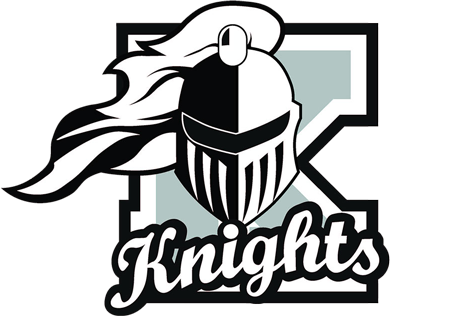
 Watch Talks With Todd hosted by Supt. Leden
Watch Talks With Todd hosted by Supt. Leden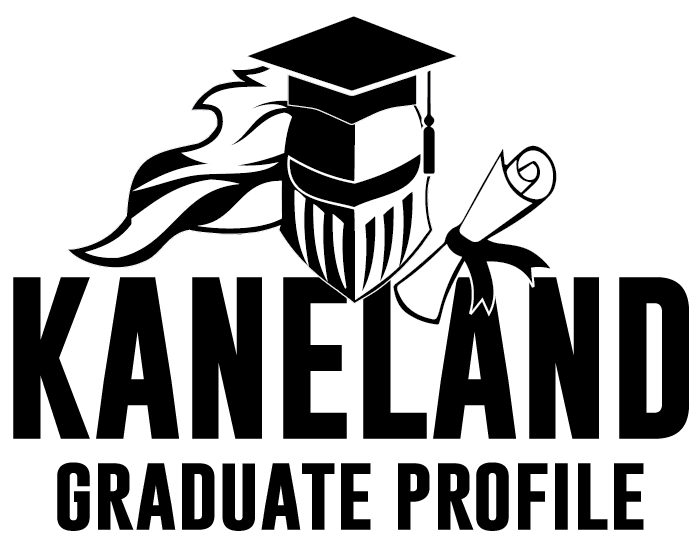 Read the complete strategic plan - Updated August 2024
Read the complete strategic plan - Updated August 2024 


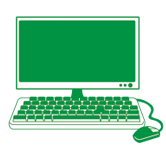
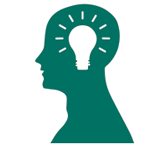

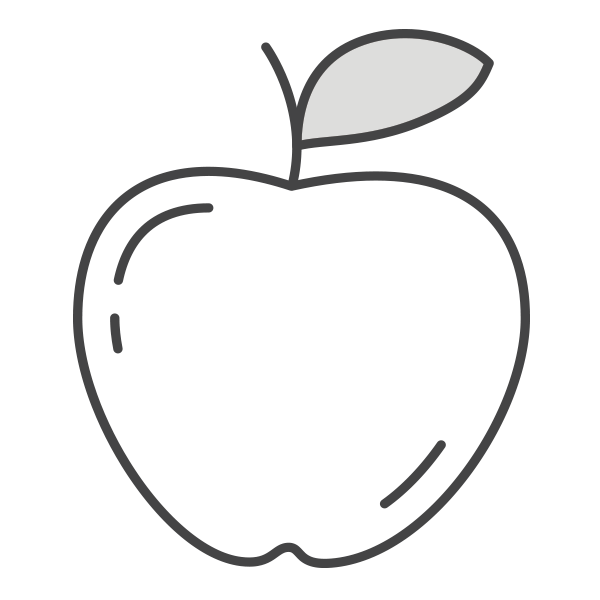
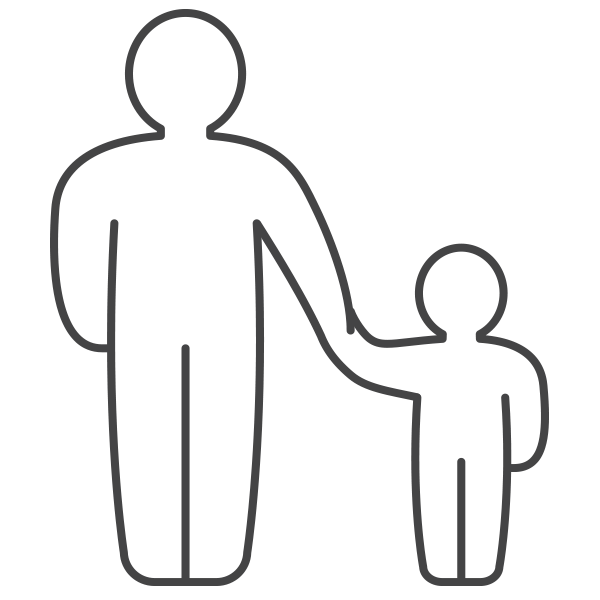
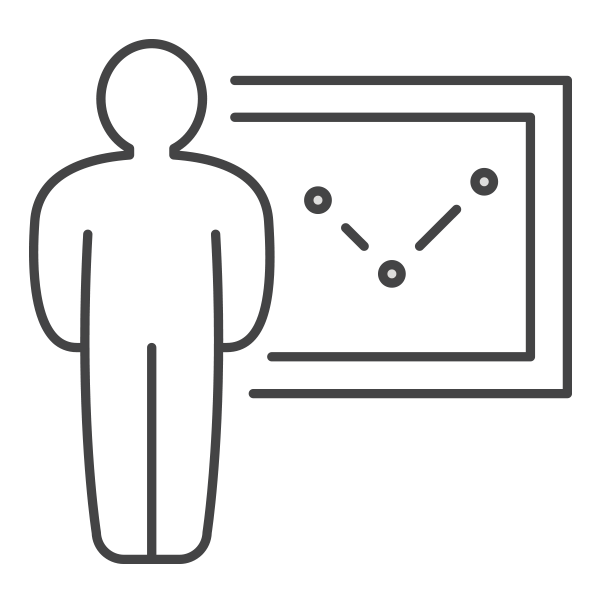
 D302
D302